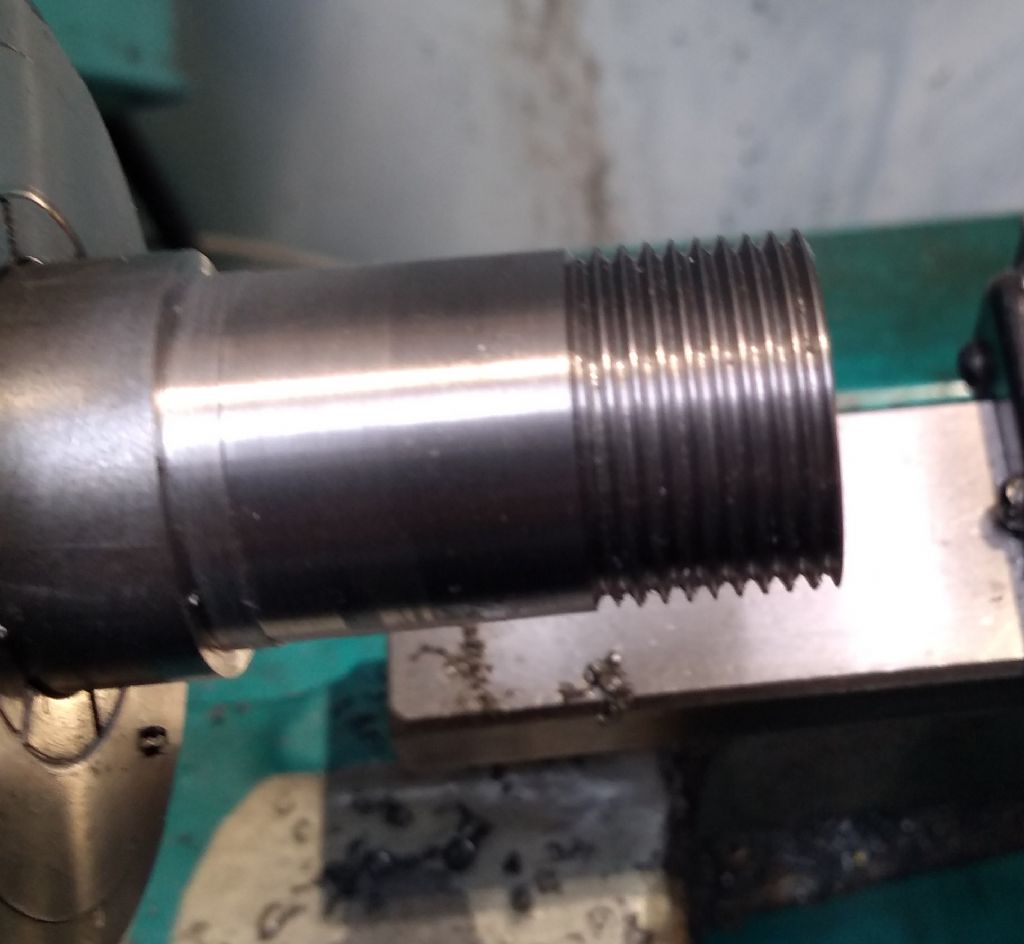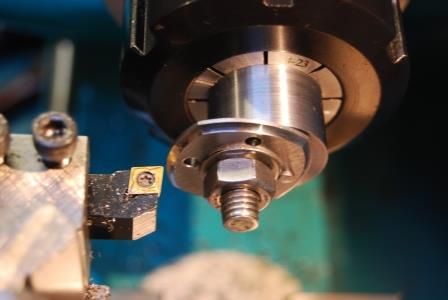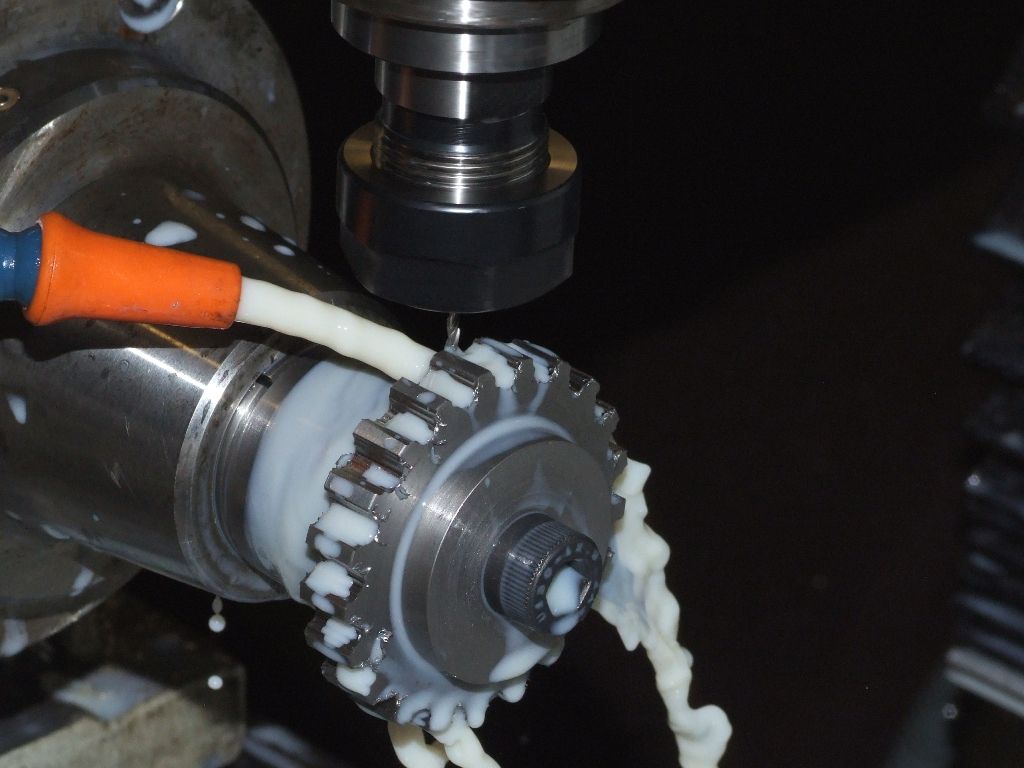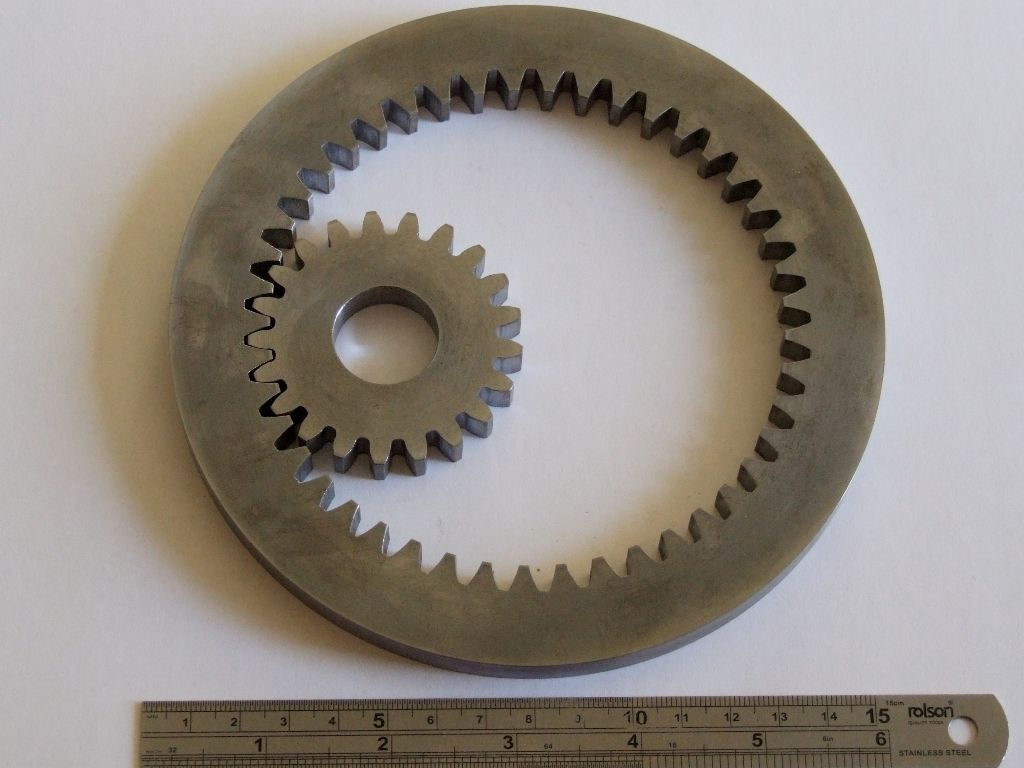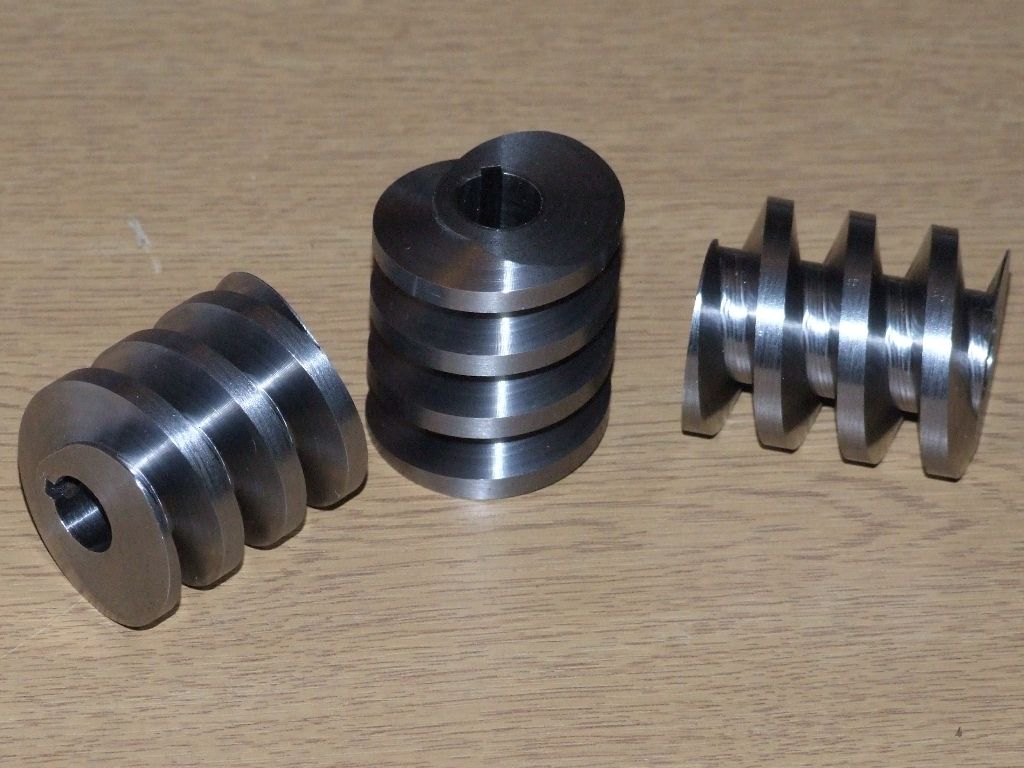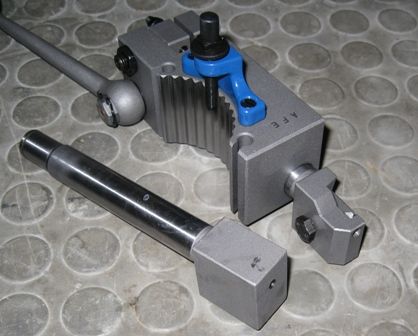Interesting point, Chris.
Perhaps it's too easy to think the more complicated the solution the more efficient the result; or that the solution even needs to be complicated; and I have seen others and been caught out myself by this tendency.
I suppose the main advantage of a gearbox is the ability to switch from screw-cutting to plain turning and back rapidly – I have a gearbox for my ML7 but am yet to fit it – but the chart in the change-wheel cover does give the wheels for several standard metric threads just from the ordinary change-wheel set. My Harrison L5 lathe manual gives similar combinations, but I think I have a 127T wheel for it anyway, and it has a narrow-range 3-speed shaft gearbox that extends the change-wheel sums.
It's probably worth looking at the intended work. Brian may wish to make long, very highly accurate threads so does need very close matching.
For most of us though I suspect most of our screw-cutting is over short lengths, less than 10 turns, and to ordinary accuracy standards; not long threads and still less, high-precision lead-screws. For those two, rare, instances it is usually simpler and not very expensive to copy industry and base the components on stock studding / lead-screw rod and nuts.
Consequently I spent a few lunch-breaks at work calculating by spread-sheet change-wheel combinations for odd-numbered and metric pitches on a simpler lathe than a Myford, with a 1/8" lead-screw and smaller change-wheel range; and was surprised how close many came within sensible tolerances. Having done that, all I then need is to print a copy for ready use! No need to search for prime-numbered wheels (though I did buy a 63T wheel), electronics,stepper-motors and the like.
By all means build an NC lathe as its own project but I am wary of going Long Way where the Short Way reaches the same point just as properly, with less overall cost and effort.
I have been there – making the thing far too complicated for its own good, then spotting how I could have done it and wondering why I threw so much extra time, steel and electricity at it. It's a matter of balance, but efficiency and quality count, not complexity!
duncan webster 1.


